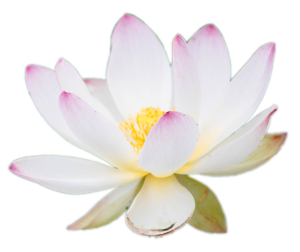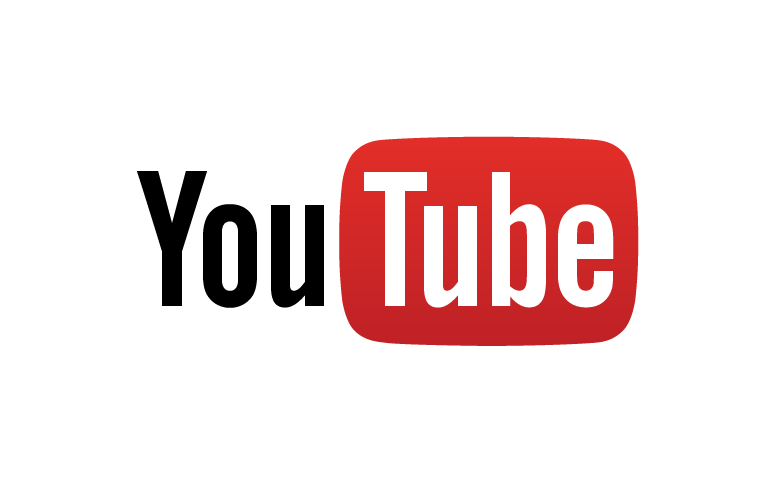The physical therapists at Advance Physical Therapy have experience helping people achieve the most after their ACL surgery. We follow the basic principle that our body knows how to heal itself if it is allowed to. Through monitoring the stages of healing and knowing when to make appropriate exercise progressions clients can return to their prior levels of function and beyond. Below is a summary of what to expect from your ACL recovery.
The rehabilitation process can be long, taking 3.5-6 months before returning to pre-injury level function; healing and functional gains continue up through the second year. Achieving a full recovery is dependent upon several factors. The patient’s pre-injury fitness level and knee range of motion are factors which will dictate rates of progression and complexity of rehabilitation activities which will need to be later in the rehabilitation process. The quality of physical therapy to assist in achieving specific mile stones in tissue healing, knee joint range of motion and re-establishing joint stability and neuromuscular control. Patient compliance is critical in assuring that optimal functional outcomes are achieved.
The rehabilitation process for ACL reconstruction occurs in stages based upon graft tissue healing and its tolerance to accepting stress. Various types of tissues are used for the ACL graft and have different healing considerations. Progressions in rehabilitation will vary depending upon the stage of tissue healing of the graft. See the chart below for information regarding time frames for the goals of each healing stage.
Time Frame Based Healing Chart
| Days 7-10 | Goal:
|
| Weeks 2-4 | Goal:
|
| Weeks 4-7 | Goal:
|
| Weeks 7-10Weeks 10-14 | Goal:
|
| Weeks 11-20 | Goal:
|
| 6 months | Goal:
|
| 12 months | Goal:
|
Written by Matthew Harwood PT, DPT, OCS



